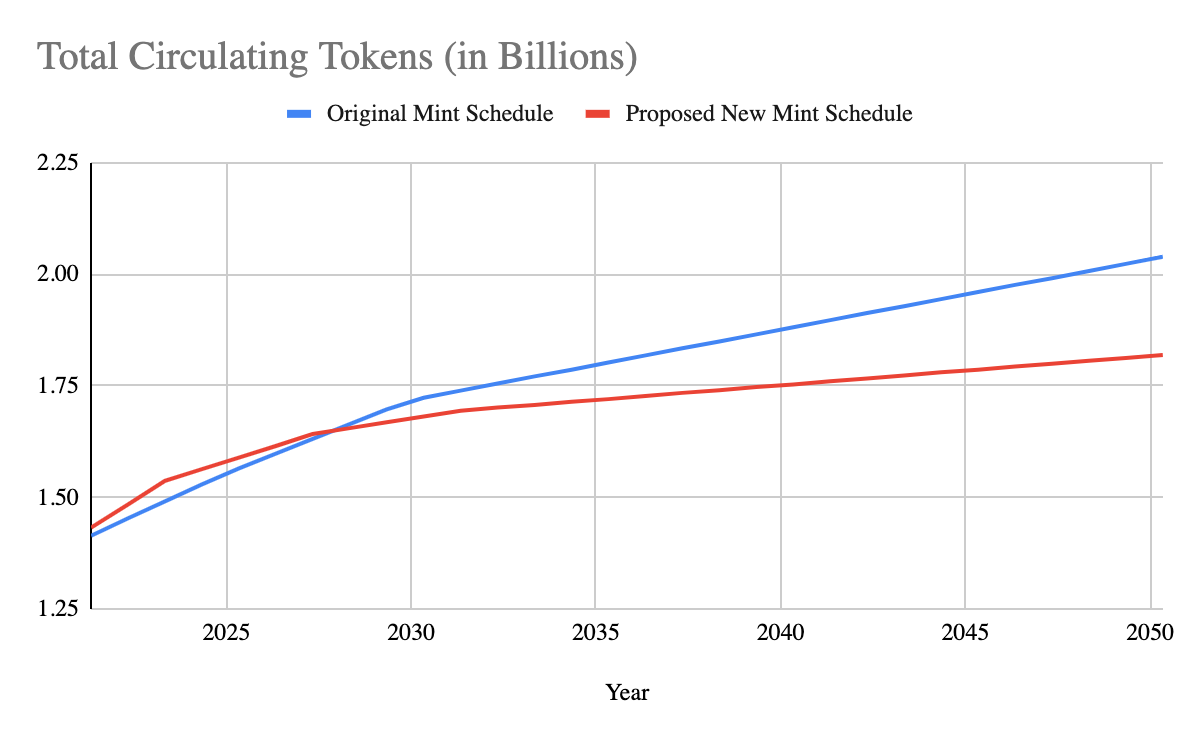As Stacks 2.0 is going mainnet on 14 January 2021, “The economics behind STX miners’ motivation” would be an interesting topic to deep dive into for the Stacks Protocol / Proof of Transfer. Miners are a distinct group within the blockchain ecosystem, their operation is fundamental to the integrity, decentralization of the blockchain infrastructure.
Mining in layman’s term is the very action where resources are consumed to produce a new resource(in blockchain context it would be to mint a new block). There are various form of mining in the blockchain ecosystem:
| Name | Acronym | Miner action to mint new cryptocurrency |
| Proof-of-Work | PoW | Consume electricity towards computations to mint units of a new cryptocurrency. |
| Proof-of-Stake | PoS | Dedicate economic stake in a base cryptocurrency to mint units of the same cryptocurrency. |
| Proof-of-Burn | PoB | Destroy a base cryptocurrency to mint units of a new cryptocurrency. |
| Proof-of-Transfer | PoX | Transfer a base cryptocurrency to mint units of a new cryptocurrency. |
Source: PoX Whitepaper
In the context of Stacks Protocol, which adopts the Proof of Transfer mechanism, here’s a summary of the key characteristics of STX mining and Stacking:
STX Miners
1. Commit Bitcoin to Stacks protocol, and the protocol uses the amount of Bitcoin sent by each miner as an input, and combines it with a verifiable random function (VRF) in order to run the leader election and select a winning miner every 10mins.
2. Reward schedule for minting a new block on Stacks blockchain will be 1000stx per block for the first 4 years, 500stx per block for the next 4 years, 250stx for the subsequent 4yrs, and finally 125stx per block indefinitely. A limited mining bonus for early miners on top of the 1000 STX/block during the initial phase of Stacks 2.0.

Source: STX minting schedule
3. STX miners get paid the transaction fees on the Stacks protocol.
4. Total rewards per block to the winning STX miner during the initial phase: (1000stx + early mining bonus + txn fees on the stacks protocol), being paid out after 100blocks (approx. 24hrs)
Stackers
1. Stackers lockup their stx token and receive Bitcoin sent by miners in order to secure the network (Proof-of-Transfer mechanism).
2. The requirements for Stacking would be for users to hold a dynamic minimum amount of STX, which they can pool to meet, and ‘lock’ them on the network for the reward cycle, which is approximately two weeks.
3. Dynamic minimum amount of STX is derived: As each reward cycle may transfer miner funds to up to 5000 Bitcoin addresses. To ensure that this number of addresses is sufficient to cover the pool of participants (given 100% participation of liquid STX), the threshold for participation must be 0.02% (1/5000th) of the liquid supply of STX.
4. Stx holders can pool their stx tokens to meet the minimum amount of STX to participate in the network.
5. A calculator is available for stackers to estimate potential earnings based on various assumptions and variables, such as participation rate, the number of miners, transaction fees, as well as others.
6. Motivation for Stackers is straightforward, locking up stx token in exchange for Bitcoin.
Miners Motivation
Miners are in the business to make a profit, and the long-term sustainability of miners is essential to the health of the blockchain. So what makes PoX attractive to miners?
There are multiple variables in the mining process that will affect the ultimate profitability of miners:
- STX & BTC price
- Amount of txn fees on each block
- VRF
- Total number of miners mining
Throwing in other dynamics such as discounted mining(miners receiving stx token and re-stacking them for btc), rewards payout(100blocks after the winning block) and liquidity requirements.
With multiple variables present unbound opportunities for miners to create a winning setup. Given that mining is a zero-sum game where winner takes all, the race is on for miners to develop the best understanding of the profound relationships between each variable and optimize their algorithm to arrive at the most profitable set up.
Many thanks to the Stacks community(espeically: @FriedgerӾOpenIntents & @danӾRunRiot) for providing the much needed perspective and technical fact checking on my understanding towards STX mining. Head over to Stacks discord channel to be part of the discussion!




3 Comments
Very informative article post. Much thanks again. Cool. Elvina Brand Capriola
Great, thanks for sharing this article post. Much thanks again. Much obliged. Kai Waite Dyke